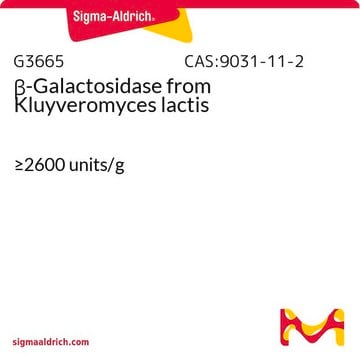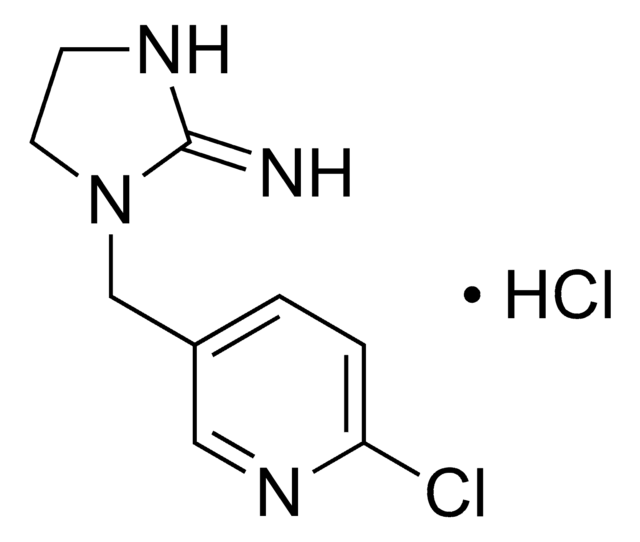SCC157
6CFSMEo- Human Cystic Fibrosis Submucosal Gland Epithelial Cell Line
Human
Synonyme(s) :
6CFSMEO
About This Item
Produits recommandés
product name
6CFSMEo- Human Cystic Fibrosis Submucosal Gland Epithelial Cell Line, 6CFSMEo- human CF submucosal gland epithelial cell line was derived from a cystic fibrosis patient who was compound heterozygote for the ΔF508 and Q2X CFTR mutations.
Source biologique
human
Technique(s)
cell based assay: suitable
cell culture | mammalian: suitable
Conditions d'expédition
ambient
Description générale
6CFSMEo- is a human tracheobronchial submucosal gland epithelial cell line isolated from an individual with CF, who was compound heterozygote for the ΔF508 and Q2X CFTR mutations . ΔF508 mutation is a trinucleotide deletion that results in loss of a phenylalanine at amino acids 508 (ΔF508) in the CFTR protein. This mutation accounts for ~66% of all CF alleles . Q2X mutation is a rare CF mutation in exon 1 of the CFTR gene in which the second codon (CAG) is mutated into the stop codon UAG. The 6CFSMEo- cell line was immortalized with the origin-of-replication defective SV40 plasmid (pSVori-) .
6CFSMEo- retains the characteristic cobblestone morphology of epithelial cells along with cytokeratin expression and the ability to form tight junctions. The cell line expresses vestigial amounts of CFTR mRNA transcripts but does not express detectable levels of CFTR protein . 6CFSMEo- lacks cAMP-induced Cl- currents .
Description de la lignée cellulaire
Application
Qualité
• Cells are tested by PCR and are negative for HPV-16, HPV-18, Hepatitis A, C, and HIV-1 & 2 viruses as assessed by a Human Essential CLEAR panel by Charles River Animal Diagnostic Services.
• Cells are negative for mycoplasma contamination.
• Each lot of cells is genotyped by STR analysis to verify the unique identity of the cell line.
Stockage et stabilité
Clause de non-responsabilité
Unless otherwise stated in our catalog or other company documentation accompanying the product(s), our products are intended for research use only and are not to be used for any other purpose, which includes but is not limited to, unauthorized commercial uses, in vitro diagnostic uses, ex vivo or in vivo therapeutic uses or any type of consumption or application to humans or animals.
Code de la classe de stockage
10 - Combustible liquids
Classe de danger pour l'eau (WGK)
WGK 1
Point d'éclair (°F)
Not applicable
Point d'éclair (°C)
Not applicable
Certificats d'analyse (COA)
Recherchez un Certificats d'analyse (COA) en saisissant le numéro de lot du produit. Les numéros de lot figurent sur l'étiquette du produit après les mots "Lot" ou "Batch".
Déjà en possession de ce produit ?
Retrouvez la documentation relative aux produits que vous avez récemment achetés dans la Bibliothèque de documents.
Articles
16HBE14o- human bronchial epithelial cells used to model respiratory epithelium for the research of cystic fibrosis, viral pulmonary pathology (SARS-CoV), asthma, COPD, effects of smoking and air pollution. See over 5k publications.
Notre équipe de scientifiques dispose d'une expérience dans tous les secteurs de la recherche, notamment en sciences de la vie, science des matériaux, synthèse chimique, chromatographie, analyse et dans de nombreux autres domaines..
Contacter notre Service technique








